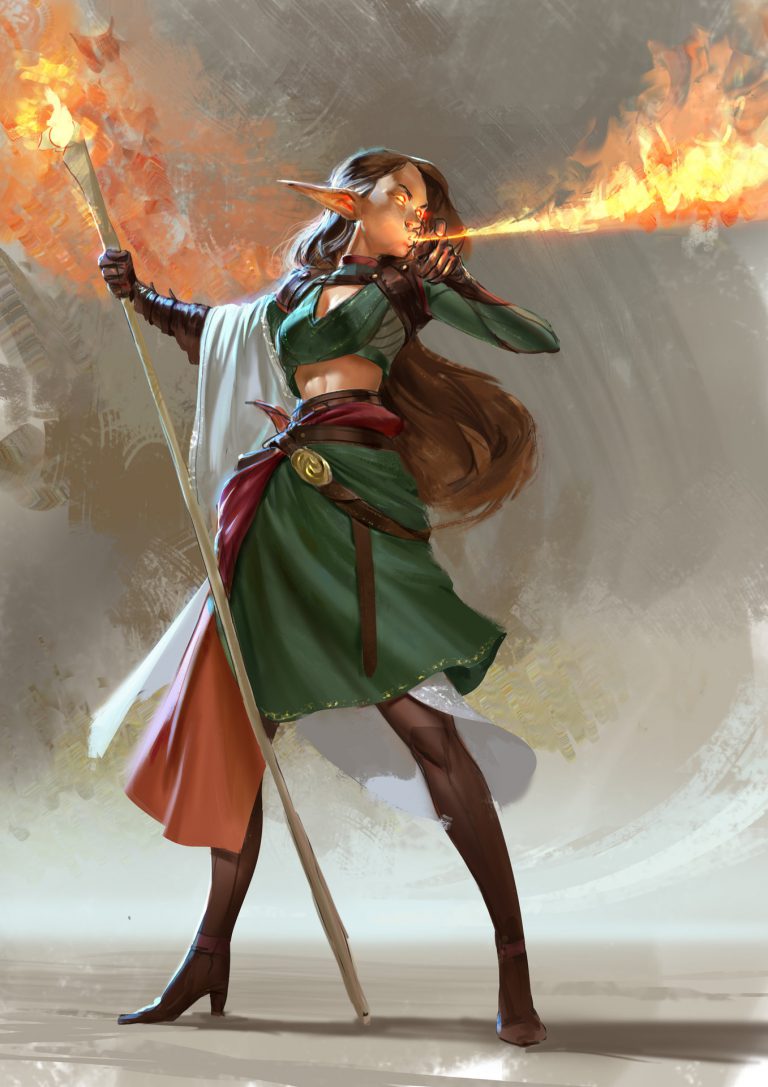

For every level in another class you take, you’re giving up abilities, hit points, spells - you name it - from your own.Īs fun as it is to theory craft new and exciting combinations of abilities and class features, there are definitely some serious issues with multiclassing that apply to wizard multiclass builds.
#Wizard dnd 5e how to#
However, figuring out how to multiclass a character build is all about learning to balance opportunity cost. Multiclassing, then, can feel a lot like you’ve just exponentially increased your options as your character progresses.

With a lot of classes, beyond picking spells and the occasional Ability Score Increase, there aren’t actually very many decision points after you pick your subclass. Multiclassing opens up whole new worlds of possibilities in a game that largely tends to lock you into a relatively straight progression path from 1st to 20th level. Opportunity Costs: A Warning About Multiclassing in General


Welcome to our guide to multiclassing with wizards. With access to D&D 5e’s most expansive spell list, the largest pool of spell slots available to any class, and the ability to recover some of those spell slots on a short rest, there’s a reason why wizards are popular candidates for multiclass builds that look to expand a character’s arcane skill set.Īs insatiable seekers after knowledge and power, wizards also sometimes look beyond the bounds of their chosen magical school in pursuit of new abilities, typically as a way of compensating for areas in which the wizard is lacking. This class might start out relatively weak and ineffectual (at 1st level, wizards can easily begin the game with fewer than 6 hit points), but a crafty, careful (lucky) mage who survives the perils of low-level play can expect to grow into a world-shattering, reality-warping spellcaster - arguably the strongest class in the game. From stalwart abjurers to all-knowing diviners, there is no class in Dungeons & Dragons 5e that wields as much arcane power as the wizard.


 0 kommentar(er)
0 kommentar(er)
